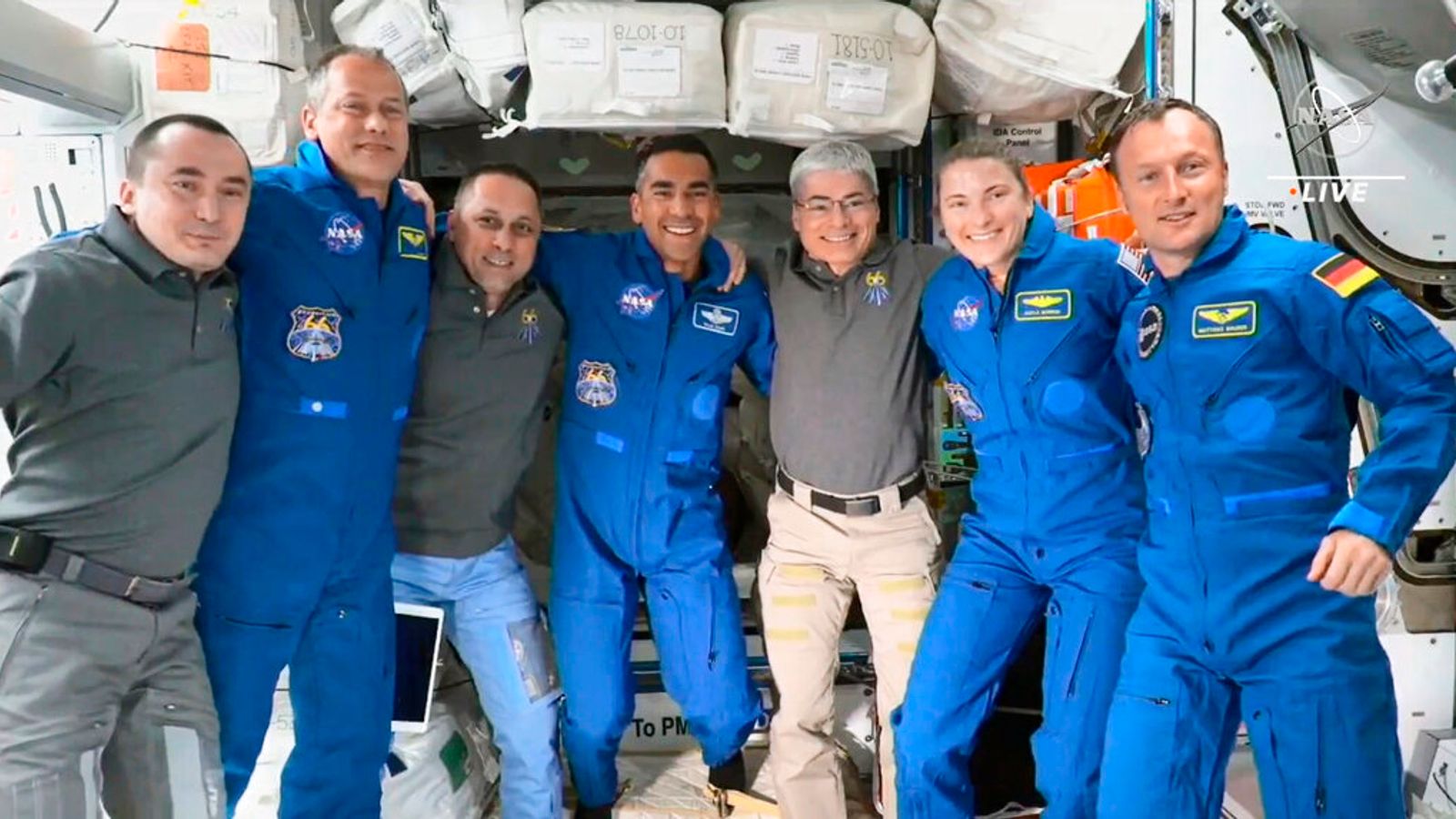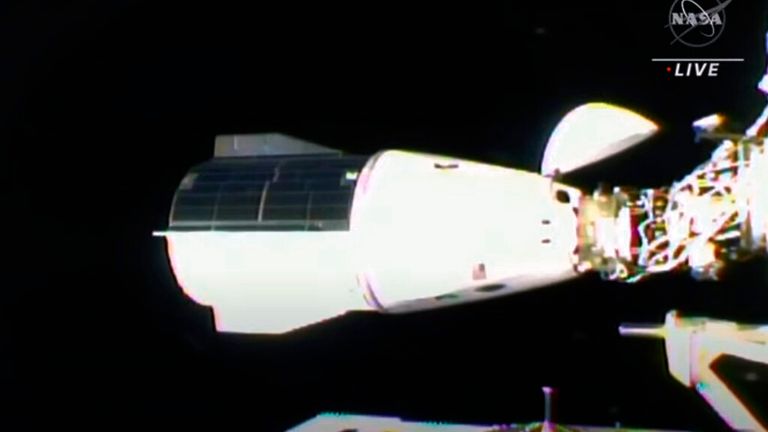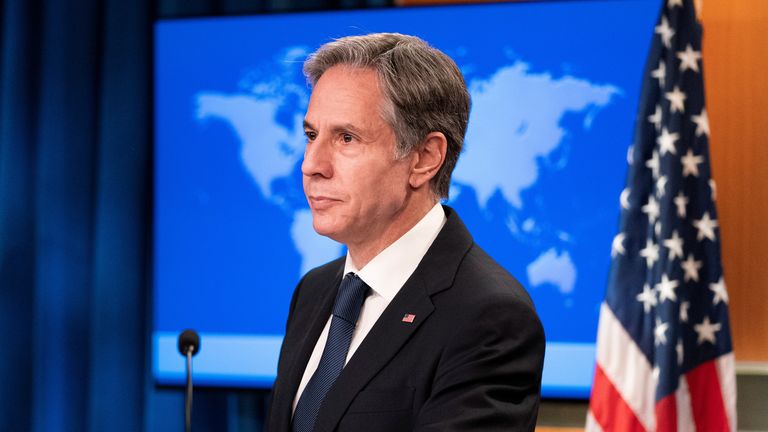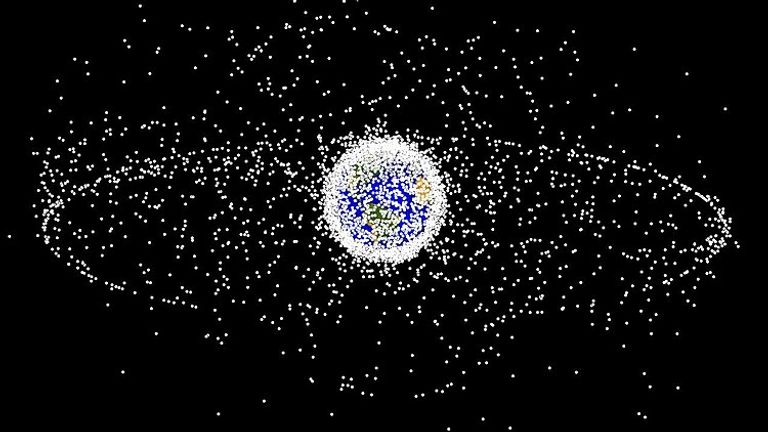A “reckless and irresponsible” Russian weapons test has created more than 1,500 pieces of debris now endangering the seven crew aboard the International Space Station, US officials have said.
Crew members were forced to take emergency measures on Monday after debris floated dangerously close by – and took cover in their docked capsules amid fears of a collision with the “space junk”.
The State Department later confirmed that the debris was from an old Russian satellite destroyed by the missile.
NASA Administrator Bill Nelson said: “Needless to say, I’m outraged. This is unconscionable.”
He said it was “unbelievable” that the Russian government would do this test and threaten not only international astronauts, “but their own cosmonauts that are on board the station”, as well as the three people on China’s space station.
Mr Nelson said the crew members now face four times greater risk than usual – just based on the debris big enough to track.
Hundreds of thousands of smaller pieces will go undetected and could cause “enormous damage” if it hits the right place, he said.
US Secretary of State Antony Blinken condemned Russia and said satellites were also now under threat.
In a statement, he said the test clearly demonstrates that Russia, “despite its claims of opposing the weaponisation of outer space, is willing to imperil the exploration and use of outer space by all nations through its reckless and irresponsible behaviour”.
The ISS crew, four Americans, one German and two Russians, learned of the last-minute threat early on Monday before retreating into their capsules.
They were told to close the hatches between the space station compartments, including the European Lab, every 90 minutes until bedtime as a safety precaution, interrupting their scientific research.
Only the hatches to the central core of the station remained open by the end of the day as the crew slept, according to Mr Nelson.
When orbiting at 17,500 mph (28,000 kph), even a fleck of paint could cause significant damage, so something big could be catastrophic upon impact.
State Department spokesman Ned Price told reporters that the US has repeatedly raised concerns with Russia about doing a satellite test.
“We are going to continue to make very clear that we won’t tolerate this kind of activity,” he said.
NASA Mission Control said the heightened threat could continue to interrupt science research and other work on the space station.
In 2007, a similar weapons test by China also resulted in countless debris, with one of those pieces threatening to come dangerously close to the space station last week.
NASA subsequently had the station move away despite it being dismissed as a risk.
The US Space Command had previously been tracking around 20,000 pieces of space junk before Monday’s incident, including old and broken satellites from around the world.
It will take days, if not weeks and months to catalogue the latest wreckage and confirm their orbits, according to Jonathan McDowell of the Harvard-Smithsonian Center for Astrophysics.
He explained the fragments will begin to spread out over time due to atmospheric drag and other forces, and the space station is at especially high risk because the test occurred near its orbit.
However, all objects in low-Earth orbit – including China’s space station and even the Hubble Space Telescope – will be at “somewhat enhanced risk” over the next few years, he noted.



